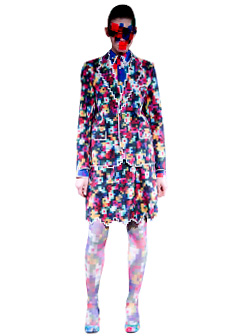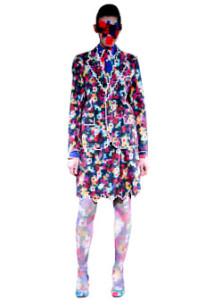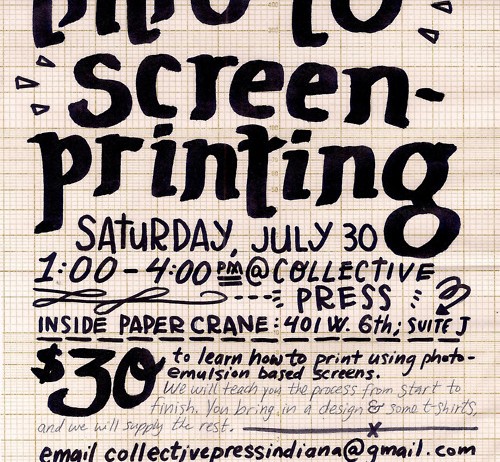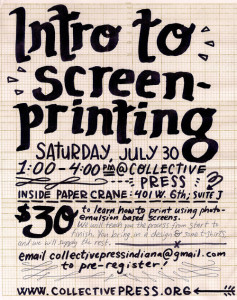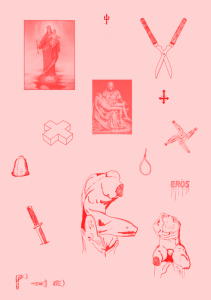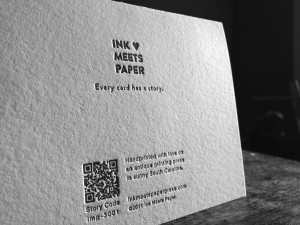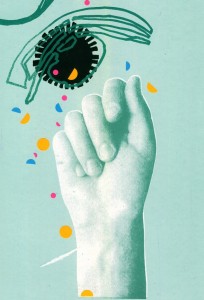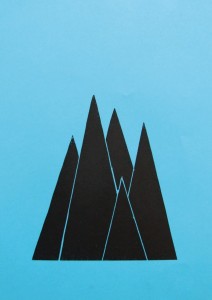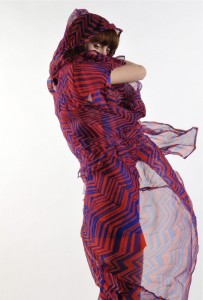Tweet The Distorted Truth In Glitch
Random, Chaotic, Unexpected and Unpredictable – Not Just ‘®adical’
‘Forms of graphic ‘distortion’ are now common to the internet, perhaps complementary to the almost bathroom-like sterility of web standards, or to demonstrate the infinite shaping and reshaping of memes and visuals as part of an evolutionary process authored by everyone and no one.’ Metahaven
The Dirty New Media
 |
| YouGlitch Logo |
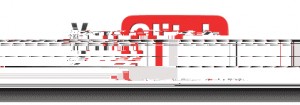 |
| YouGlitch Logo |
‘Many artists do see glitch as a tool for critiquing popular culture, but many see it simply as a nostalgic–8bit generation–aesthetic, others as digital psychedelia, others as a lens through which to dissect language + linguistics, and others yet, as a purely structuralist/materialist practice.’ Nick Briz
“Over the past couple of years the visual glitch has become commodified. It’s now just another filter in the designer’s arsenal, at least as far as the gliche (glitch cliche) is concerned.” notes Ant Scott one of the first glitch VJ’s now staunch artist under the name Beflix. The Glitch community is as fractured and distorted as the work it produces. GLI.TC/H the annual global new media festival that brings everything together. Nick Briz co-founder and co-organiser of the festival explains the diversity of the scene and the balance between commercial and ‘punk ethos as“[It’s] evident from all the debates that glitch.errz partake in glitch art for very different reasons. We had plenty of ‘punks’ present but we also had designers who work at ad agencies.”
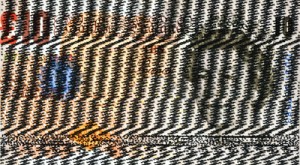 |
| Beflix GL:QU |
So what of the commercialisation of the genre? According to Briz this can be split up into two different concepts. One is the commodification of genre, the other is it’s commercialisation.
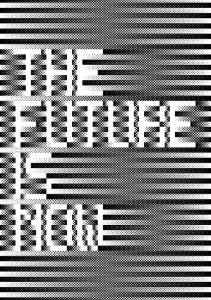 |
| Melvin Galapon |
The graphic design community manipulates the aesthetics of glitch, harking back to halcyon days Melvin Galapon is a UK-based designer who works on both commercial and artistic projects using glitch and dot matrix as an aesthetic basis for his work. He suggests “there is a kind of movement where using glitches and dot matrix is retro-cool as the generation of people currently creating work come from an era where this was part and parcel of the technology we are all a part of”
We’re comfortable looking at screens and connecting to networks that show nothing but beauty and an obsession with perfectionism. To this end, distortion is closer to the reality of our fractured, temporal information society.’ Travis Stearns
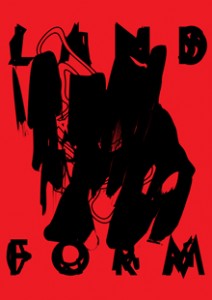 |
| Travis Stearn |
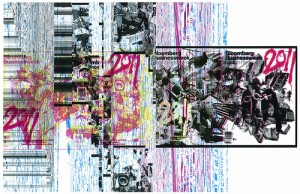 |
| Printer Tragedies from the Bloomberg Businessweek printer |
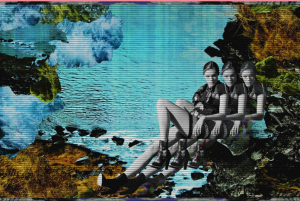
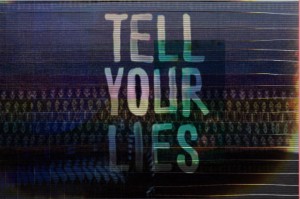 Eco and media conscious advertising campaigns have also adapted the ‘warts and all’ transparency of glitch. AnitaFontaine, digital artist and Art Director of Champagne Valentine explains her work for fashion brand Edun: “We were inspired by the raw textures from the collection and we wanted to make a digital experience that felt more organic than digital. We love the effect of being able to scratch away the truth behind the lies, or vice versa, and literally being able to do that as means of moving through the experience.”
Eco and media conscious advertising campaigns have also adapted the ‘warts and all’ transparency of glitch. AnitaFontaine, digital artist and Art Director of Champagne Valentine explains her work for fashion brand Edun: “We were inspired by the raw textures from the collection and we wanted to make a digital experience that felt more organic than digital. We love the effect of being able to scratch away the truth behind the lies, or vice versa, and literally being able to do that as means of moving through the experience.”Speaking of the relevance to glitch and branding, Fontaine suggests “glitch and disturbance makes a work or experience seem imperfect and therefore more real. It’s important that we mix the real and the virtual, blurring the boundaries – it’s what people are used to now in these new hybrid realities we immerse ourselves in everyday.”
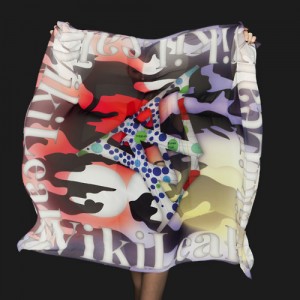 |
| WikiLeaks scarf Design by Metahaven; Photo by Meinke Klein |
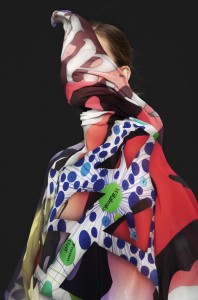 |
| WikiLeaks scarf Design by Metahaven; Photo by Meinke Klein |
Transparency also has a political connotation and the self appointed bastion for this is the notorious Wikileaks organisation. Dutch design company Metahaven took on the job of fund raising for the organisation and produced a number of products including a scarf, complete with distorted Louis Vuitton graphics as well as mugs and T-Shirts. The work was recently featured in an exhibition at the Museum of The Image (formerly The Graphic Design Museum) in Breda, Netherlands.
‘…A whole new approach that combines today’s possibilities in technology, (neo)craft, social media and advertising to create a new world image’ Dennis Elbers.
Glitch is not disposable, it is the error of our digital ways if we think it is.
